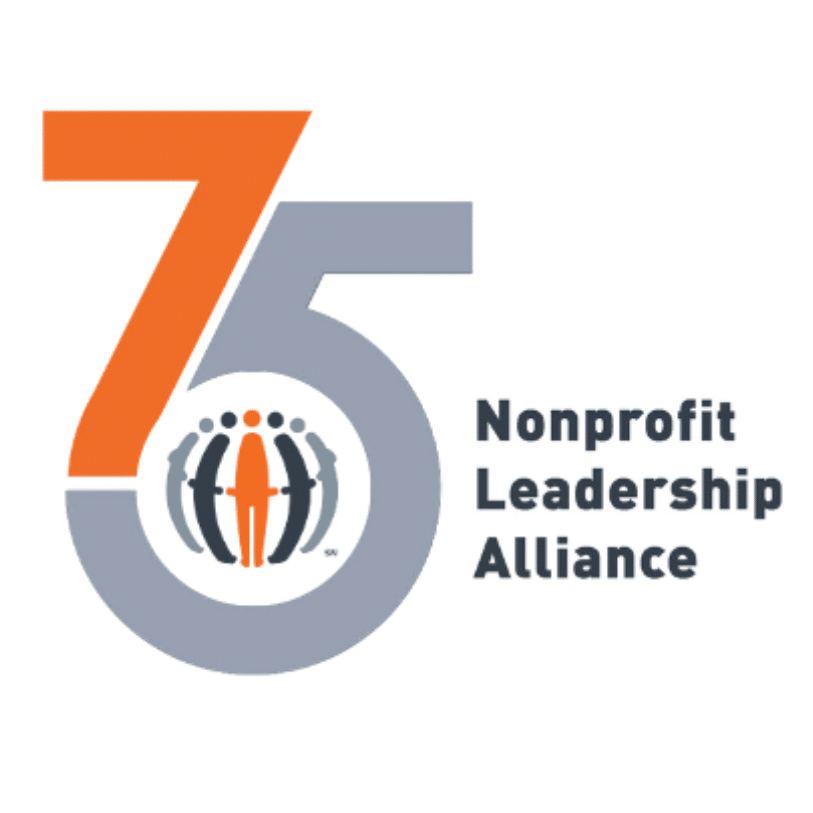Planned gifts initiated by donors are excellent opportunities for your nonprofit. Perhaps a longtime donor who’s particularly interested in estate planning reaches out to tell you they’ve created a modest bequest for your nonprofit, or maybe a major donor asks to discuss setting up a charitable gift annuity as part of an updated financial plan. Great news!
You certainly shouldn’t pass up these kinds of opportunities as they arise, but is this approach helping you truly maximize the benefits of planned giving? Can you be pursuing them more actively and frequently?
Planned gifts can be transformational when pursued intentionally as part of a concrete program complete with dedicated resources, staff, and outreach cadences. With a planned giving program, your nonprofit can effectively scale its efforts—sourcing, cultivating, and stewarding a diverse range of planned gifts with increasing efficiency over time.
Of course, on-the-ground realities mean that it can be hard to advocate for or allocate resources to new initiatives without a proven need. Let’s make the case for why planned giving deserves special consideration.
We’ll break down the benefits of developing a planned giving program into four key categories: financial stability, donor appeal and access, donor relations, and fundraising potential.
Financial Stability
Planned gifts are predictable—sounds self-evident, but think through the positive implications of developing a consistent, projectable revenue source.
A well-stewarded and maintained planned giving pipeline can become a long-term source of income that sustains your organization’s operations. Unless otherwise specified by the donor, planned gifts tend to be unrestricted, bolstering your annual fund in predictable ways year after year. And even if planned gifts are restricted to particular programs, the entire budget benefits as other funds are freed to drive impact elsewhere.
Planned gifts also diversify your overall revenue strategy. This protects you from the risks of overreliance if normal annual donations and grant sources shrink over time or as a result of external forces.
It’s important to note that these significant financial benefits of planned giving come with relatively little expense compared to other forms of fundraising. We found that for every dollar spent on promoting bequests, for instance, nonprofits generate an average return of $56.83 (well above the average ROI of $33.33 for major giving and $8.41 for regular giving). Having a dedicated planned giving program serves to reduce the labor and overhead needed to secure each planned gift, meaning you can efficiently secure higher-return gifts.
Donor Appeal and Access
Planned giving is more appealing and accessible to larger segments of your donor base than other forms of giving. Your donors at various giving levels may be drawn to planned giving (if you actively promote it!) for these reasons:
- Planned gifts are especially meaningful. Planned gifts allow donors to create a lasting legacy and impact on your mission, whether for themselves or as a tribute.
- They’re customizable. Planned gifts can be restricted to particular programs or areas of your organization’s operations, giving donors the ability to shape their legacy. The terms of gifts like annuities and trusts can also be further customized individually as needed.
- They bring special benefits. The tax benefits associated with planned giving are major motivators for some donors. Bequests reduce overall estate taxes, and other forms of planned gifts designed to pay lifetime incomes or protect donor assets can bring further-reaching tax perks.
Planned giving is also uniquely accessible—anyone can create a bequest, not just your current top donors. If your organization is new to planned gifts, you might initially assume that they should be solicited after donors become annual or major contributors. Instead, it’s more helpful to think of your target audience for planned gifts in broader terms: donors at all giving levels who care deeply about your mission.
And because they don’t disrupt donors’ day-to-day cash flow (and might even come out of non-cash assets), making a planned gift of a certain size can be a much easier decision for donors than making an immediate cash gift of the same value.
By providing easy-to-use tools for creating bequests, clearly explaining the impact of these gifts, and emphasizing their benefits, you can drastically expand your pool of potential donors, especially through educational campaigns like National Make a Will Month.
Donor Relations
As mentioned above, planned giving is inherently meaningful in ways that immediate gifts aren’t. Pursue planned gifts thoughtfully and you’ll reap strengthened donor relationships and higher retention among planned donors.
After all, by considering or making a planned gift, donors are expressing an interest in investing in their legacy with you. This can open up all kinds of new engagement opportunities to continually thank them, remind them of their impact, and get them more closely involved.
This is why legacy societies, membership groups exclusively for planned donors, are a must for planned giving programs. They give your engagement efforts structure and an easily managed audience that you can quickly reach out to with new opportunities. Special events (ranging from casual lunches to VIP gala invites), tours of your facilities, discounted merchandise, talks from experts—there are all kinds of ways to keep these donors excited to be part of your community.
But even apart from a legacy society, you can take easy steps to foster connections with planned donors. For broader segments, well-designed outreach cadences and availability for one-on-one discussions will lay a strong foundation. For higher-impact planned giving prospects that you individually identify, take a similar approach to qualification, relationship-building, and stewardship that you would for major gifts.
However you build out your stewardship process, just be sure to allocate resources to it for the long run; staying in touch is key, especially since donors might change their estate plans over time without remembering to tell you.
Fundraising Potential
Robust planned giving programs open the door to increased fundraising opportunities all around. Nonprofits that invest in planned giving frequently see these fundraising benefits:
- Larger gifts. The tax appeal of planned giving and its deferred nature means that planned gifts tend to be larger than other gifts. The most common value of a planned gift is $5,000, and the average bequest created for nonprofits on the FreeWill platform is over $50,000.
- Under-the-radar sources. Consider the accessibility of planned giving to all donors. Lifelong savers who’ve given modestly but haven’t before been on your radar might be excellent planned giving prospects—deepen these relationships and see where they go!
- Increased annual giving. Research has found increased annual giving among planned donors due to their deepened relationships and sense of investment in your mission. One study found that planned donors increased their annual gifts by more than $3,000 in subsequent years.
These potential opportunities all spring from the other benefits of planned giving discussed above. By opening up and promoting planned giving as a meaningful, accessible, and flexible giving channel for all donors, supporting it with clear communication, and taking steps to keep these donors invested and engaged, you’ll see interrelated benefits across the board.
Not to mention, the high ROI of planned gifts means you’ll raise more while freeing up resources to be used in other ways that maximize impact.
To get started creating a planned giving program, we recommend allocating initial resources, providing training as needed, conducting initial prospect and persona exercises, and creating a legacy society. From there, you can build out marketing and stewardship plans. Keep iterating and refining your strategy over time, and you’re sure to see some incredible benefits for your mission.
About the Author:
Patrick Schmitt, Co-CEO of FreeWill
Patrick Schmitt and fellow FreeWill co-CEO Jenny Xia founded at Stanford University’s Graduate School of Business in 2016. FreeWill’s charitable giving platform makes it easier for nonprofit fundraising teams to unlock transformational gifts, and to date has generated over $6.6 billion in new gift commitments for thousands of nonprofit organizations. Patrick hosts FreeWill’s popular webinar series, educating thousands of nonprofit fundraising professionals each month about planned and non-cash giving strategies.
Before FreeWill, Patrick was the Head of Innovation at Change.org, where he helped grow the organization to 100 million users in four years. Prior to that, he ran email marketing for President Obama and served as Campaign Director for MoveOn.org.

